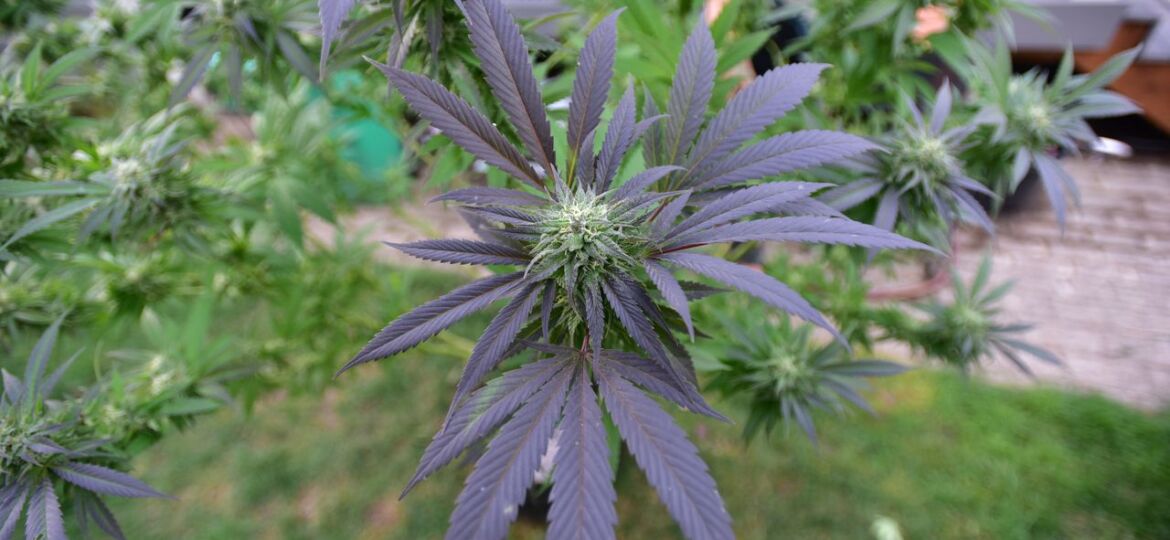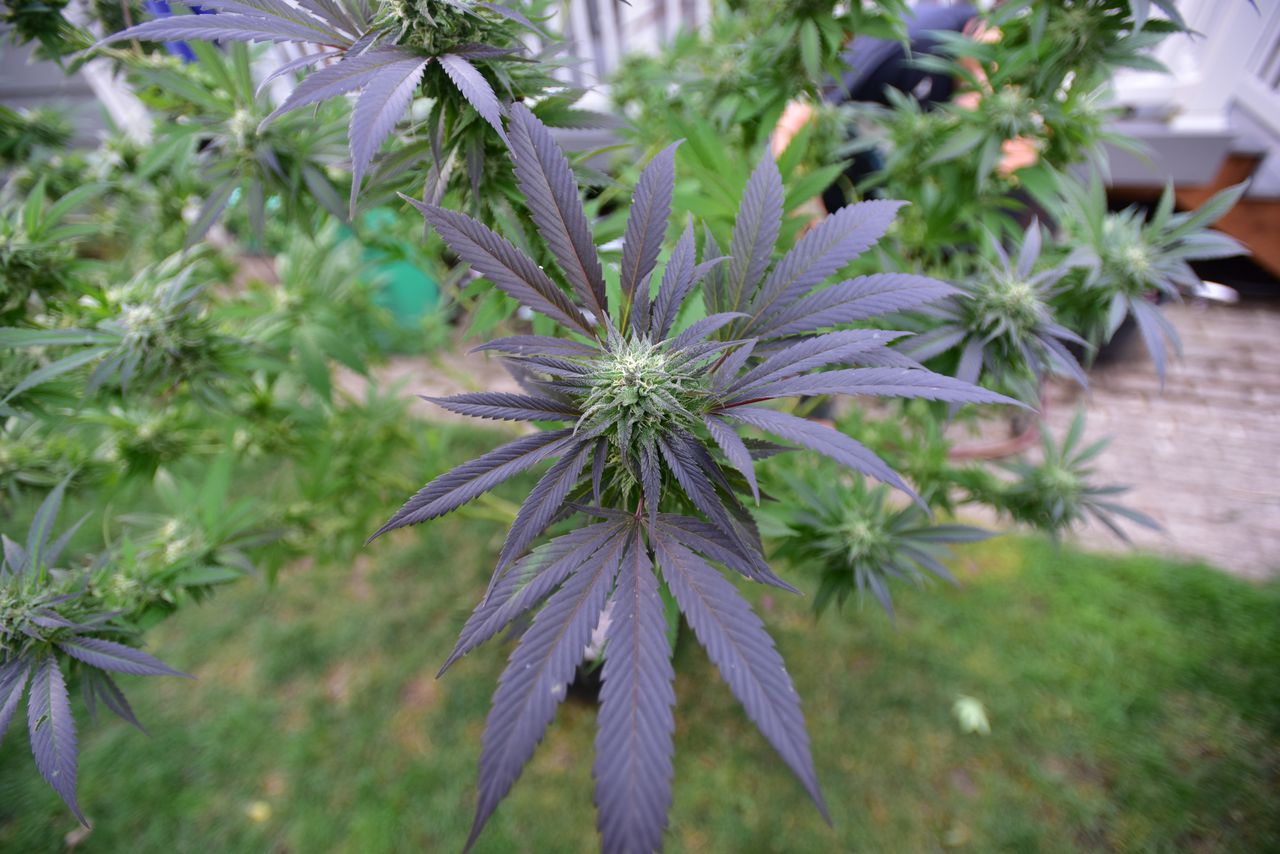

CLEVELAND, Ohio — Issue 2 on the state ballot this November brings the question of whether to legalize recreational marijuana — also known as cannabis — to voters.
Marijuana is currently legal in Ohio for only medical purposes. But a yes vote will legalize the sale and use of recreational marijuana to adults aged 21 and over, allowing the state to regulate its sale and use similar to that of alcohol.
Should the measure pass, Ohio will become the 24th state to legalize marijuana for recreational use. A 2021 report by the Cato institute found that the states that have adopted legalization over the last decade have seen fewer benefits than proponents promised, but also little to none of the drawbacks like increased crime or motor vehicle accidents predicted by those opposed.
Those against legalizing the drug claim that to do so would put public health and safety at risk. But does the consumption of cannabis really pose serious health risks? And if so, what are they?
One of the difficulties in evaluating the health effects of marijuana lies in the fact that it comes in many forms. Its use has also been stigmatized and as a result it has been poorly studied by the scientific community.
The chemical composition and dosage are also not standardized. As a consumer, it’s difficult to know exactly what you’re getting.
Much of this is part and parcel to its status as an illegal substance, and those who want the drug to be legalized strongly believe that legalization is a necessary step toward destigmatizing cannabis, and furthering education about the plant and its place in modern medicine.
“We have to change the stigma, we have to make this available and we have to educate people,” said Dr. Uma Dhanabalan, a family medicine physician and cannabinoid medicine specialist in Massachusetts where cannabis has been legal since 2016.
Dhanabalan says that there is a lot of misinformation about the use of cannabis. For starters, not everyone knows that the body already creates its own system of cannabinoids that play a role in regulating sleep, appetite, stress and immune function.
Dhanabalan said the many different cannabinoid molecules that come from the cannabis plant simply mimic the ones that the body makes naturally. She said using them as medicine isn’t any more unusual than any of the other pharmaceuticals that originally were isolated from plants, like morphine, the antimalarial drug quinine or aspirin.
She said our joint failure to standardize the growth conditions of the plant, and ensure reproducible quality of the cannabis product is a real problem, because the cannabis plant is unusual in that it readily absorbs pollutants, heavy metals and pesticides from the environment.
These toxins are then consumed by the user along with the drug. Meaning that where your cannabis comes from, who grows it, and how, really matters.
“If they don’t understand this stuff, they could be creating a poison,” she said.
But when used correctly it has a lot of benefits. Anxiety, depression, PTSD, anorexia, asthma, nausea, pain, epilepsy and opioid use disorder are just some of the conditions that cannabis can be used to treat. It acts as a bronchodilator, and a vasodilator — opening up airways and blood vessels.
Marijuana can be used to reduce inflammation, diminish pain, calm the nervous system, reduce anxiety, promote sleep and act as a safer substitute for the much more dangerous opioids, Dhanabalan said.
“There has never been a single death from cannabis,” Dhanabalan said, explaining that there was no such thing as a lethal dose of the drug.
According to the CDC, there have been no reported deaths due to cannabis. Although people have died while using it, their deaths were the result of other conditions.
However, the CDC and the American Lung Association do argue that smoking marijuana can be harmful to the lungs and cardiovascular system.
“Marijuana can make the heart beat faster and can make blood pressure higher immediately after use,” says the CDC page on the topic of marijuana. “It could also lead to increased risk of stroke, heart disease and other vascular diseases.”
“Smoked marijuana, regardless of how it is smoked, can harm lung tissues and cause scarring and damage to small blood vessels. While more research on the health consequences of breathing secondhand marijuana smoke is needed, there is concern that it could cause harmful health effects, including among children,” the CDC says.
Likewise, the American Lung Association writes that it is “concerned about the health impacts of marijuana use, especially on lung health.”
“Whether from burning wood, tobacco or marijuana, toxins and carcinogens are released from the combustion of materials,” the American Lung Association says. “Smoke from marijuana combustion has been shown to contain many of the same toxins, irritants and carcinogens as tobacco smoke.”
The organizations says that marijuana smokers tend to inhale more deeply and hold their breath longer than cigarette smokers, which leads to a greater exposure per breath to tar.
On this, Dhanabalan disagrees.
“All smoke is not the same,” she said, arguing that pure, clean cannabis smoke can actually benefit patients with lung cancer and asthma. The problem, she says, are the contaminants and the fact that we don’t have a system that ensures that all cannabis is free of those toxic additives.
“Cannabis is a bronchodilator, a vasodilator, an anti-inflammatory and an expectorant,” Dhanabalan said. “When we have patients use good cannabis, clean cannabis, that is not contaminated it does not cause lung disease.”
The problem is that the sort of research that could settle this debate is decades behind that of alcohol, tobacco and other pharmaceuticals.
“We don’t have foundational data on cannabis that we have for other stuff,” Ryan Sultan, research scientist at Columbia University in New York told New Scientist magazine for their recent article Why we know so little about cannabis – and why scientists are worried. “The whole treatment and medicinal thing I find very aggravating,” he says.
Sultan said we don’t know what doses are appropriate, what their long-term effects are or even what people are consuming.
“In fact, we know the things they’re getting are not what the label says they are,” Sultan said. “So how could you even do dosing recommendations when you don’t even have accurate ways of deciphering [what’s in it]?”
According to the same article, the majority of the research studies on cannabis have been done in the last 20 years. By comparison there were roughly the same number of studies on nicotine in 2005, and on alcohol in 1995 as we have on cannabis today. Clearly, the science has some ways to go to catch up, and government restrictions are one of the things that are holding scientists back.
In the US, researchers must obtain a special license from the Drug Enforcement Administration before they can study marijuana, and they can only study cannabis grown at a licensed facility. Only one operation, the University of Mississippi, had been licensed to supply marijuana to U.S. medical researchers from 1968 until 2020.
Change is happening, albeit slowly. The number of licensed growers for research purposes has now expanded to eight. And at the end of September, the American Nurses Association formally recognized cannabis nursing as a nursing specialty.
“This medicine has been around for thousands of years.” said Dhanabalan. “It’s here whether the government decides to legalize it or not.”
Patients and doctors should have a choice, she says, because in her opinion it can provide a real medical benefit when used with a physician’s guidance.
Meanwhile, her advice to consumers and voters alike is that the issue isn’t just black and white. It’s not necessarily a good treatment for every person, or every condition, but doctors, politicians and the general public should get all the facts before they make their decisions.
“Look at the information, become educated and understand that there’s positives and negatives.”

